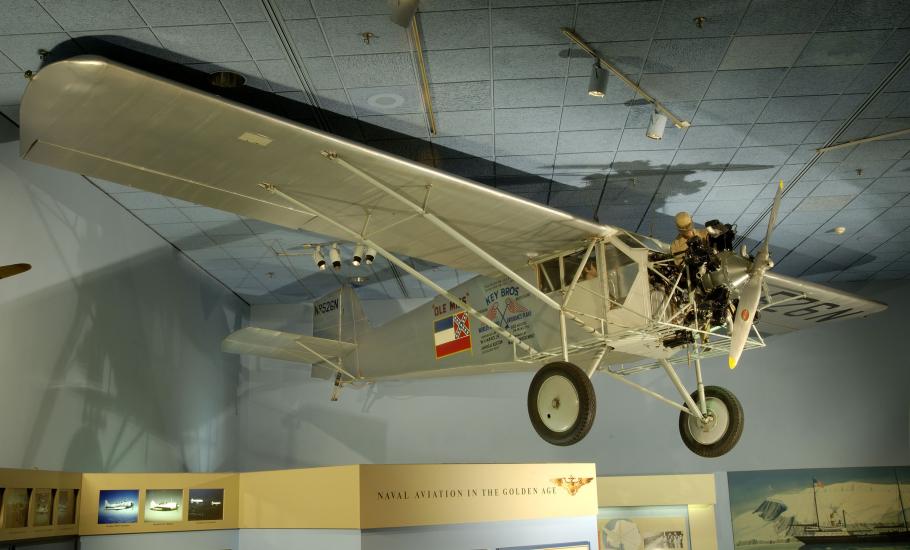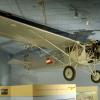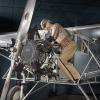Curtiss Robin J-1 Deluxe "Ole Miss"
In 1935, this Curtiss Robin established a world record for sustained flight, using air-to-air refueling. After two unsucessful attempts the year before, Fred and Algene Key took Ole Miss up from Meridian, Mississippi on June 4 and did not touch the ground again until July 1, for a total time in the air of 653 hours and 34 minutes, or 27 days. During the flight, the Keys received fuel and supplies 432 times from another aircraft. They braved severe thunderstorms and an electrical fire in the cabin before returning to a safe landing in Meridian.
The Curtiss Robin series was produced in the late 1920s and early 1930s as a 3-plane general aviation aircraft. Ole Miss varies from a typical Curtiss Robin by virtue of modifications made for the flight, including a new fuel tank, engine servicing catwalk, and a sliding top hatch for receiving supplies in flight.
Display Status
This object is not on display at the National Air and Space Museum. It is either on loan or in storage.
Object Details
Key Accomplishment(s)
Set 1935 World Record for Sustained Flight
Brief Description
In 1935, this Curtiss Robin established a world record for sustained flight, using air-to-air refueling. Fred and Algene Key took Ole Miss up from Meridian, Mississippi on June 4 and didn't land again until July 1, for a total time in the air of 653 hours and 34 minutes, or 27 days.
Date
1928-1930
Country of Origin
United States of America
Type
CRAFT-Aircraft
Manufacturer
Curtiss Aeroplane and Motor Company
Physical Description
108E. Three-seat light cabin monoplane. The Key brothers set an endurance record of 653 hours and 34 minutes, June 4-July 1, 1935 in the Robin. Wright J-6-5 engine. High-wing, tailwheel design.
Dimensions
3-D: 777.2 × 243.8cm, 903.1kg, 12.802m (25 ft. 6 in. × 8 ft., 1991lb., 42 ft.)
Wingspan: 12.5 m (41 ft.)
Length: 7.7 m (25 ft. 6 in.)
Height: 2.44 m (8 ft.)
Weight, Empty: 760 kg (1,675 lbs.)
Weight, Gross: 1,145 kg (2,523 lbs.)
Engine: Wright J-6-5 (R-540F) Whirlwind, 165 hp
Materials
Fuselage: steel tube covered with fabric
Wings: wood with fabric
Alternate Name
Curtiss Robin J-1 Deluxe "Ole Miss"
Inventory Number
A19560041000
Credit Line
Gift of Algene and Fred Key
Data Source
National Air and Space Museum
Restrictions & Rights
Open Access (CCO)
For more information, visit the Smithsonians Terms of Use.




